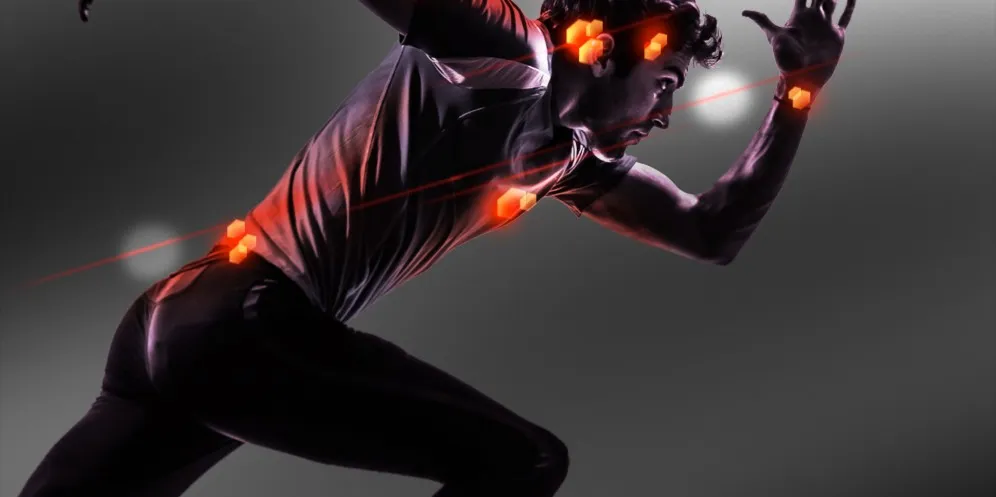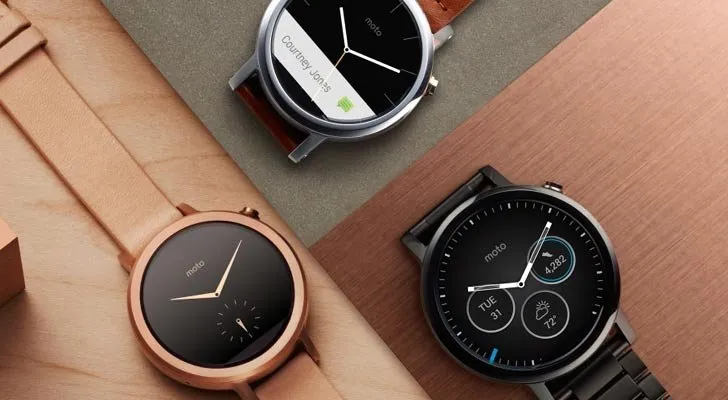A “wearable” piece of technology is defined to be an electronic that can be worn on the body, either as an accessory or integrated into the clothing itself. Examples of popular wearables are smart watches, Google Glass or Fitbits. This market is fairly new, and recently started becoming mainstream around 2014 when the Apple Watch was announced.
The trend of wearable technology has only gone up since then. As new phones come out such as the iPhone X or the Google Pixel 2, pairing them with some sort of “smart” watch seems the be way to get the most out of your device’s ecosystem, at least that’s what they advertise.

What makes them so good? Why should you care? Honestly if you understand how “smart” technology works then the answer should be fairly simple: It is another device connected to the internet which is able to be used for ease of access. Expanding on that thought we’re going to talk about three popular wearables which are Smart Watches, Fitness Trackers and Optical Head-Mounted Displays.
A smartwatch is an electronic watch that can perform basic computer operations. It can perform calculations, connect to the internet, connect to another device, has a lit-up display, etc. Essentially, it’s like a mini smart phone on your wrist. The potential of smartwatches shines behind the idea of Moore’s Law. Rather than getting very technical let’s just say that as time goes on more technology is able to installed into smaller real estate.
In other words, these smartwatches can someday be as strong as your smart phone is today in the near future. Similarly, how our smart phones now we’re stronger than computers back then.
A Smartwatch offers similar opportunities to that of a smartphone but seems to be more acceptable during professional gatherings. Rather than checking your phone to see who contacted you during a business meeting, your watch can show you that notification. Smartwatches usually sell around an expected price of $185.

A fitness tracker is similar to a smartwatch and arguably both of these could be classified as technological wrist bands. However, a fitness tracker such as the Fitbit is a wrist band that tracks your fitness activity and presents useful information on how much physical activity you are receiving. These usually have a simpler display and are more affordable, however you can get fitness trackers that are more complex and closer to a smart watch (i.e. Fitbit Blaze).
It should be noted that your smart watch could technically do the same thing, but these are specifically built for tracking physical exercise. Fitness trackers sell around an expected price of $75.

An optical head-mounted display is arguably the most innovative piece of technology on this list. An optical head-mounted display is a piece of tech that allows the user to cast a HUD or heads up display right in front of their eyes. In other words, it’s augmented reality.
The Google Glass which was one of the most popular optical head-mounted displays (OHMD) was released around 2013 using its own unique operating system Glass OS. However, this device has seen some pretty bad turn arounds. It has been canceled and released from time to time and is currently available to be purchased at a price of $1800+.

The tech for OHMD isn’t quite there yet, which is why I said this is one of the most innovative techs on the list. I presume it’s probably because we cannot fit enough hardware in such a small real estate to execute the tasks we want it to do, maybe Moore’s Law isn’t quite there yet for this small piece of amazing technology!
TL:DR: A “wearable” piece of technology is defined to be an electronic that can be worn on the body, either as an accessory or integrated into the clothing itself. 3 of the more popular types of wearable techs are Smart Watches, Fitness Trackers, and Optical Head Mounted Displays. Each one of these devices can connect to another device which than can be used to connect to the internet.
The potential of each of these devices shine behind the idea of Moore’s Law; which states that more technological hardware can be fitted onto smaller real estate.
While we may not be there yet: to have a completely independent wearable tech, soon enough we should be. Who would’ve thought that our smart phones today would have more computational power than the super computers back then?
REFERENCES:
Note: Pssh! If you like this article please don't forget to give an upvote and if you want more content like this feel free to follow me @mindhacks!